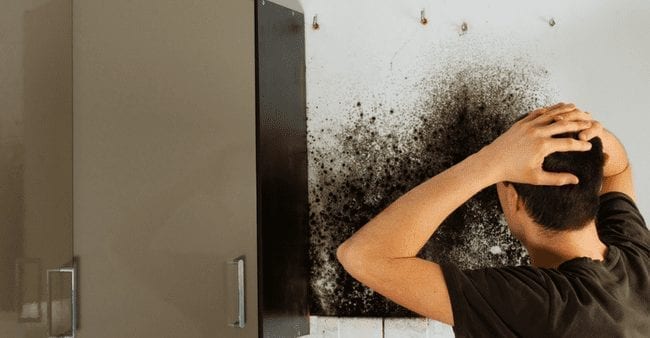Exactly how to Inspect If Your House Has a Concealed Leakage
CallThe article author is making several good pointers about Finding hidden leaks in general in this article beneath.

Early discovery of dripping water lines can reduce a prospective calamity. Some tiny water leaks may not be noticeable.
1. Check Out the Water Meter
Every house has a water meter. Inspecting it is a guaranteed manner in which aids you uncover leakages. For beginners, switch off all the water resources. Make sure no person will certainly purge, utilize the faucet, shower, run the washing maker or dishwashing machine. From there, most likely to the meter as well as watch if it will change. Since no one is using it, there need to be no motions. If it moves, that indicates a fast-moving leakage. If you find no changes, wait a hr or two as well as check back again. This indicates you might have a sluggish leakage that could even be underground.
2. Check Water Consumption
Evaluate your water expenses as well as track your water intake. As the one paying it, you need to notice if there are any type of discrepancies. If you identify sudden changes, despite your intake being the same, it suggests that you have leakages in your plumbing system. Keep in mind, your water costs should drop under the very same array on a monthly basis. An abrupt spike in your bill indicates a fast-moving leakage.
A steady boost every month, also with the very same habits, shows you have a sluggish leak that's also slowly rising. Call a plumber to extensively examine your building, specifically if you really feel a cozy location on your flooring with piping beneath.
3. Do a Food Coloring Examination
30% comes from toilets when it comes to water consumption. Examination to see if they are running effectively. Decrease specks of food shade in the container as well as wait 10 minutes. There's a leakage between the container and also bowl if the color somehow infiltrates your bowl during that time without flushing.
4. Asses Exterior Lines
Don't neglect to check your exterior water lines as well. Should water leak out of the connection, you have a loosened rubber gasket. One tiny leakage can squander loads of water and also spike your water costs.
5. Examine the scenario and check
Homeowners ought to make it a behavior to check under the sink counters and even inside cupboards for any type of bad odor or mold and mildew development. These two warnings suggest a leakage so punctual focus is called for. Doing regular inspections, also bi-annually, can save you from a major problem.
Examine for stainings and also weakening as a lot of appliances and pipelines have a life expectations. If you believe dripping water lines in your plumbing system, do not wait for it to intensify.
Early detection of dripping water lines can minimize a possible catastrophe. Some small water leakages might not be visible. Examining it is a surefire means that helps you discover leaks. One small leak can waste heaps of water and surge your water costs.
If you presume leaking water lines in your plumbing system, don't wait for it to rise.
WARNING SIGNS OF WATER LEAKAGE BEHIND THE WALL
PERSISTENT MUSTY ODORS
As water slowly drips from a leaky pipe inside the wall, flooring and sheetrock stay damp and develop an odor similar to wet cardboard. It generates a musty smell that can help you find hidden leaks.
MOLD IN UNUSUAL AREAS
Mold usually grows in wet areas like kitchens, baths and laundry rooms. If you spot the stuff on walls or baseboards in other rooms of the house, it’s a good indicator of undetected water leaks.
STAINS THAT GROW
When mold thrives around a leaky pipe, it sometimes takes hold on the inside surface of the affected wall. A growing stain on otherwise clean sheetrock is often your sign of a hidden plumbing problem.
PEELING OR BUBBLING WALLPAPER / PAINT
This clue is easy to miss in rooms that don’t get much use. When you see wallpaper separating along seams or paint bubbling or flaking off the wall, blame sheetrock that stays wet because of an undetected leak.
BUCKLED CEILINGS AND STAINED FLOORS
If ceilings or floors in bathrooms, kitchens or laundry areas develop structural problems, don’t rule out constant damp inside the walls. Wet sheetrock can affect adjacent framing, flooring and ceilings.
https://www.servicemasterbyzaba.com/blog/how-to-detect-water-leakage-in-walls/
.jpg)
I'm just very interested in Leaking water lines and I hope you enjoyed reading the entire blog posting. Sharing is good. Helping others is fun. Thanks so much for going through it.